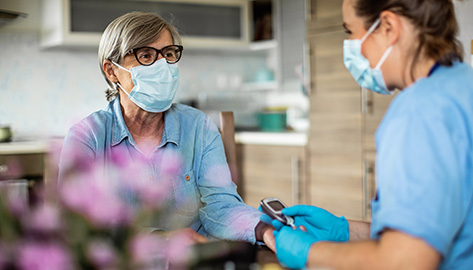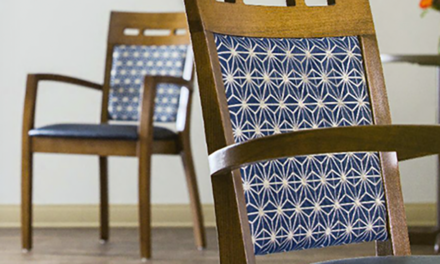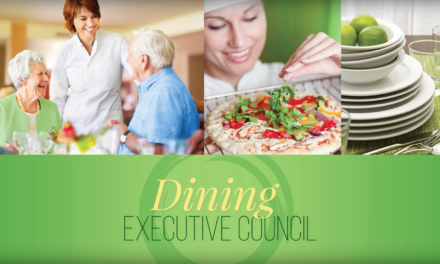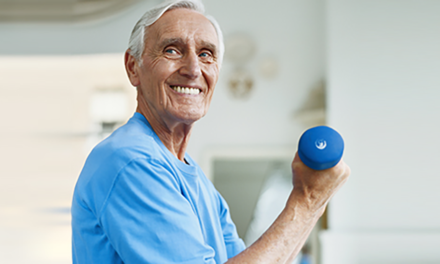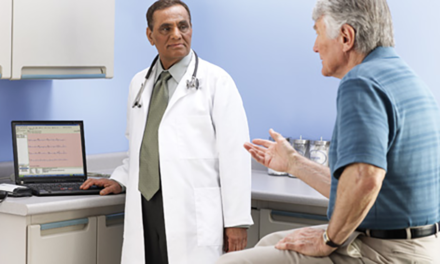
Liz Jensen
Clinical Director
Liz works with the Direct Supply team to bring a “clinician’s perspective” to the products and solutions in our offering. She offers clinical education and consultation for customers on effective ways to improve outcomes when caring for older adults. She leads the Clinical Product Advisory Board and the annual Direct Supply Clinical Leadership Conference – valuable networking opportunities for clinicians in Post-Acute Care and Senior Living.

Gaurie Rodman
Director of Development Services
As Director of Development Services at Direct Supply Aptura, Gaurie leads a cross-functional team to continually innovate and deliver Aptura’s strategic planning and development management services, including market assessments and studies, development consulting, and branding. She loves to cook, read and travel in her spare time.
Join us as we aggregate learnings and best practices from Senior Care providers around re-opening to guests and visitors, admitting new residents, and inviting residents back to care services or common space utilization. Discover key insights from your peers applied to policy, design and clinical programming that promote engagement while supporting social distancing and resident and staff safety. Find available tools from Direct Supply that can help create safe interventions to assist you in reducing the risk of transmission while you relax restrictions to the community at large.
This webinar will explore the following aspects related to Senior Living in 2020:
- Understand re-opening guidelines and suggestions
- Instilling confidence in your staff, residents and their guests
- How to plan accordingly for the experience as it relates to all involved
- Implementation strategies for re-opening Senior Living facilities
What re-opening guidance have you seen released?
We’ve seen core guidance regulations come from four main entities from the federal down to the state level, and even trade and professional associations.
Some are specific to nursing homes, but we encourage you to expose yourself to as much information as possible. For instance, there are insights Assisted Living can glean from nursing home regulations since these are more generally healthcare guidelines, which apply to us all. Keep an eye out and you might find yourself with an “a-ha” moment. A willingness to collaborate sets our industry apart and can be very beneficial.
How do we instill confidence in our re-opening processes?
Any chance you have to take anxiety out of the process is where you can instill confidence. We’re still in the midst of COVID-19, so things are fluid. But you should have plans and processes in place for residents as well as staff and families. Opening milestones, operational protocols, resources, communication plans, flexibility and monitoring are key benchmarks.
What are “Gates & Hinges”?
One helpful analogy is the “gates and hinges” test. Put differently, identify what milestones and/or guidance will allow your community to open back up or, conversely, have to shut back down again. These could include:
- Conditions in the community
- Testing – baseline and ongoing
- Daily screening
- Staffing and supplies
- Capacity to adapt
How do we blend clinical needs and safety from a building perspective, and how does that instill confidence?
Remodeling or planning for new buildings has taken a back seat during this pandemic, but it doesn’t mean we can’t have conversations about how buildings could have been better prepared and plan for the future. We take a look at it through the lens of experiential planning, which is broken down by resident, staff and guest experience.
We also keep in mind the CDC’s Hierarchy of Controls, and the further up we can be on that continuum, the better and the more it means the building is doing its part. PPE should be our last line of defense.
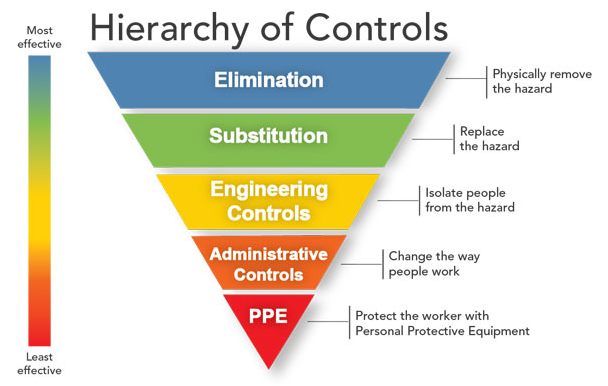
What are the key protocols around re-opening to residents and visitors?
The immediate response to the pandemic was to contain people: keep them safe by keeping them in their rooms. From a current re-opening perspective, we now look at keeping pathogens out of buildings, moving safely through buildings, and ensuring safer common areas. This requires a systemic look and response and a shift in change of behavior. We’re in a whole new norm, similar to how we have had to get used to increased TSA security since the September 11 attacks.
It’s critical to take a close look at entrances to manage how disease can come in and out via visitors and staff. This can mean establishing strong screening protocols, kiosks for people to ask question and PPE stations. We’ve seen examples of thermal cameras being installed where, if a staff member or visitor is above a certain temperature threshold, the community doors won’t open.
Before opening up an entire community, we’ve also seen communities create mini-ecosystems. This is an effective divide-and-conquer strategy to move residents out of complete isolation and into interactions, dining and activities with smaller groups of residents and staff. For example, instead of re-opening to a full 100-resident capacity building, you can establish 10 communities of 10 residents. It makes it safer, less daunting and helps instill confidence. This same technique could apply for opening up to visitors.
What should facilities consider when it comes to indoor and outdoor visiting spaces?
For both spaces, the core areas facilities need to take into account are:
- Access, location and programming
- PPE
- Cleaning
The art is making these seamless parts of your protocol but maintaining the home-like environment residents expect and need out of the place in which they live. We’ve seen providers all over get creative with increasing resident engagement and interaction as safely as possible, from “front porch” style gatherings to utilizing plexi-glass barriers to facilitate safer interactions.
What protocols and new developments are we seeing when it comes to dining, therapy and common spaces?
At a high level, attention needs to be paid to cleaning, design, resident and staff movement, HVAC and other protocols. It is both a building and an operational response, and gets back to the CDC’s Hierarchy of Controls to keep that at the top as much as possible. Additionally, ideas to intertwine dining and socialization are important, such as happy hours and movie nights.
This isn’t confined to COVID-19 either. The industry has always struggled to contain norovirus, C. diff and other viruses, and plans and actions taking place now could help to solve other issues moving forward.
Additionally, innovations around new services and partnerships we’ve seen include:
- Telehealth
- Remote wellness
- Social engagement
- Outdoor dining, such as food trucks
- Staffing
What resources are available from Direct Supply to help as facilities re-open?
As you look to turn policy and guidance into action, Direct Supply has a number of resources available to help, including:
Find additional products, solutions, guidance and more from Direct Supply, or reach out to your Direct Supply representative to see how we can help your community today.
